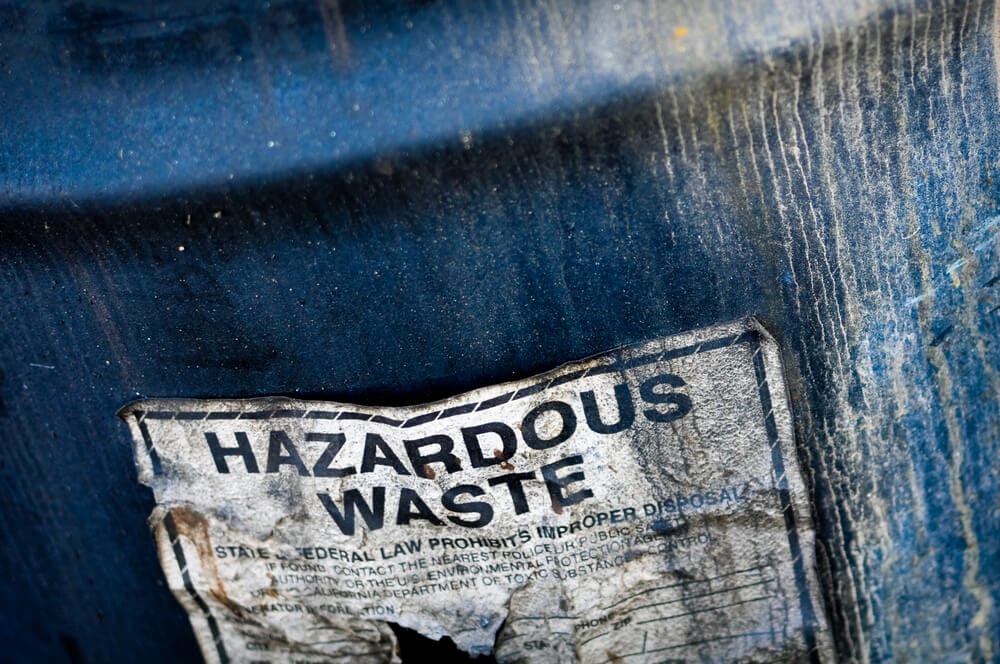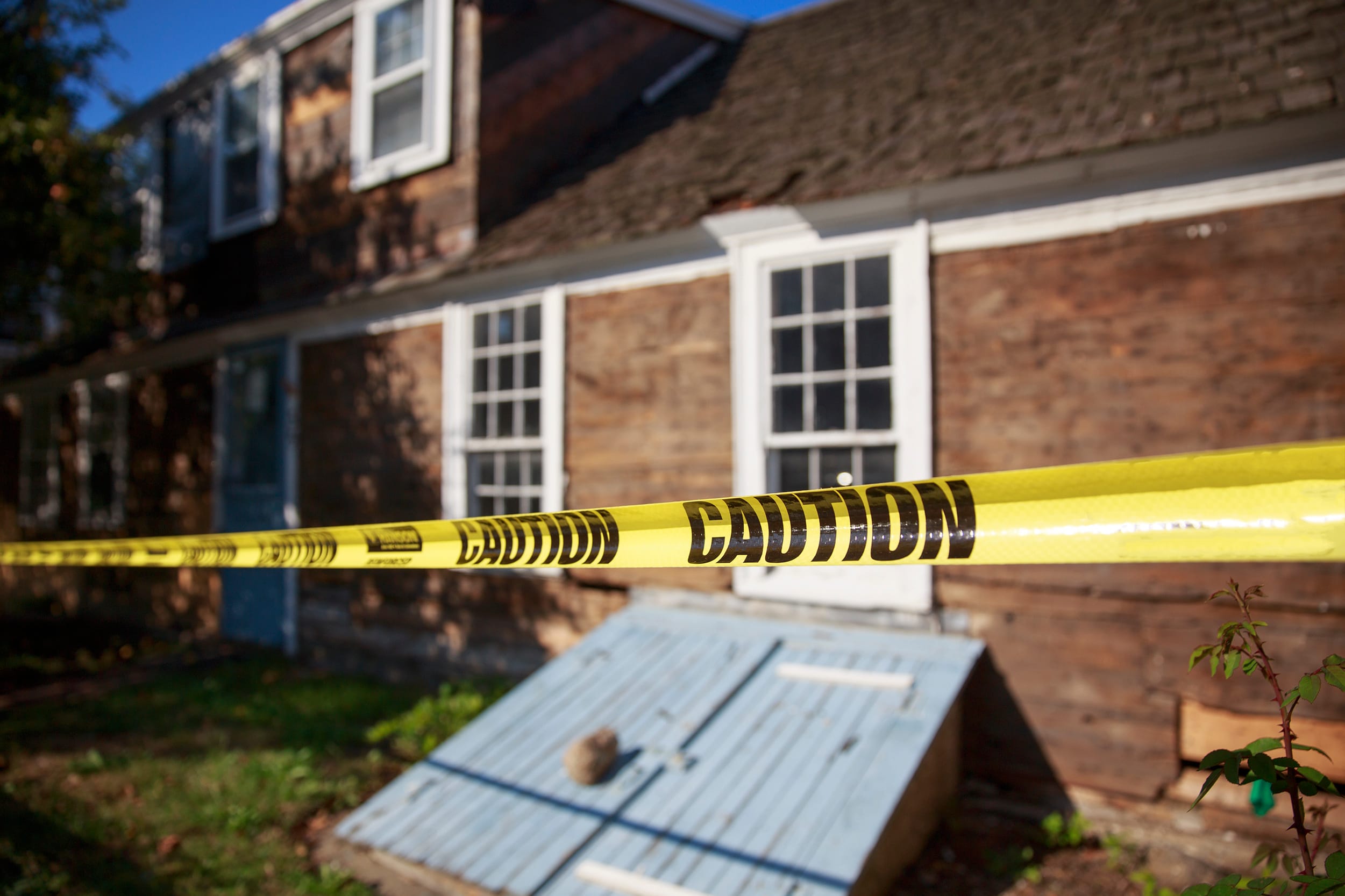If you own a business that produces hazardous waste as part of the manufacturing process or the operation in general, its essential to know how to manage and dispose of said waste properly. You cant just dump toxic waste into the stream, both from a legal and ethical standpoint. Its also paramount that you differentiate different types of hazardous waste as the manner in which they are handled can vary. Companies that produce hazardous and toxic waste are required by federal law to follow a set of specific procedures in order to protect their staff members and the environment.
If youre not exactly familiar with various types of hazardous materials that exist nor the government policies that regulate them, this article will be a useful resource.
The different types of toxic waste:
1. Listed Waste
Listed waste is categorized into four lists: F-list, K-list, P-List, and U-list.
F-List
This list includes wastes produced by common manufacturing and industrial processes. Spent solvents wastes, various metal finishing wastes, dioxin-bearing wastes, chlorinated aliphatic hydrocarbons production, wood preserving wastes, and electroplating all fall into this category. As multiple industries produce these types of wastes, they are also known as non-specific source wastes.
K-List
As opposed to the previously mentioned F-List wastes, K-list wastes are source-specific. The EPA has determined a total of 13 categories that define the K list, including pesticide manufacturing, petroleum refining, explosives manufacturing, iron, and steel production, organic chemicals manufacturing, and more. What these manufacturing processes have in common is that they generate specific types of sludge or wastewater.
P-list / U-list
The P- and U-list contain commercial chemical products that, when discarded unused, are treated as toxic waste. The most important criteria for a waste to be designated as a P- or U-list waste is that the chemical in the waste must be unused.
2. Non-listed waste or Characteristic Waste
On top of the listed wastes, there are several other wastes that exhibit one or more hazardous waste characteristics specified by the EPA. These characteristics include: Ignitability, corrosivity, reactivity, and toxicity
Wastes with an ignitability characteristic are prone to cause fires and have a flashpoint below 140F. Wastes that are characterized as hazardous due to their corrosivity properties have a pH of less than or equal to 2, and greater than or equal to 12,5. They are also considered dangerous if they are able to corrode steel. Wastes that are hazardous due to their reactivity characteristic are unstable under normal conditions. They also may react with water and explode when heated. Wastes characterized as toxic are harmful when absorbed or swallowed.
3. Mixed Waste
Wastes that contain both hazardous and radioactive components are designated as mixed wastes. The medical industry, pharmaceutical, nuclear, and many other energy-related industries are known for generating mixed waste. This type of waste is regulated not only by the EPA but also by RCRA and the Atomic Energy Act.
4. E-Waste
Also known as electrical or electronic waste, e-waste includes old computer parts, TVs, fridges, and all other household appliances.

Correct Hazardous Waste Disposal
Now that you have a better understanding of what types of hazardous waste exist, its time to dispose of it in a manner that protects the environment and your staff members. Start by identifying each type of waste your business produces. Determining whether a waste is considered hazardous is the companys responsibility. By knowing which type of toxic waste your company produces, youll know how and where to ship it.
Using appropriate waste storage containers is an absolute must. These sealable containers prevent any release of harmful substances such as chemicals and gases. Matching the containers with the type of waste is mandatory. Proper hazardous material labeling is also required prior to shipping the waste to a designated treatment facility. Youll also want to maintain an appropriate storage area which is restricted to unauthorized employees. This area should be designed to prevent secondary containment and designated as a hazardous waste storage area. Weekly inspections are also required to assure everything is in order.
Shipping all toxic waste types should be done only by approved transporters, accompanied by a declaration form that meets all legal requirements.
If you want to make handling hazardous waste easier for you and your business, hiring biohazard remediation experts is the best course of action. Spaulding Decon has years of experience in handling a wide variety of hazardous wastes and is well-versed in federal regulations for the handling and disposal of these types of wastes. Feel free to contact us for a consultation.




